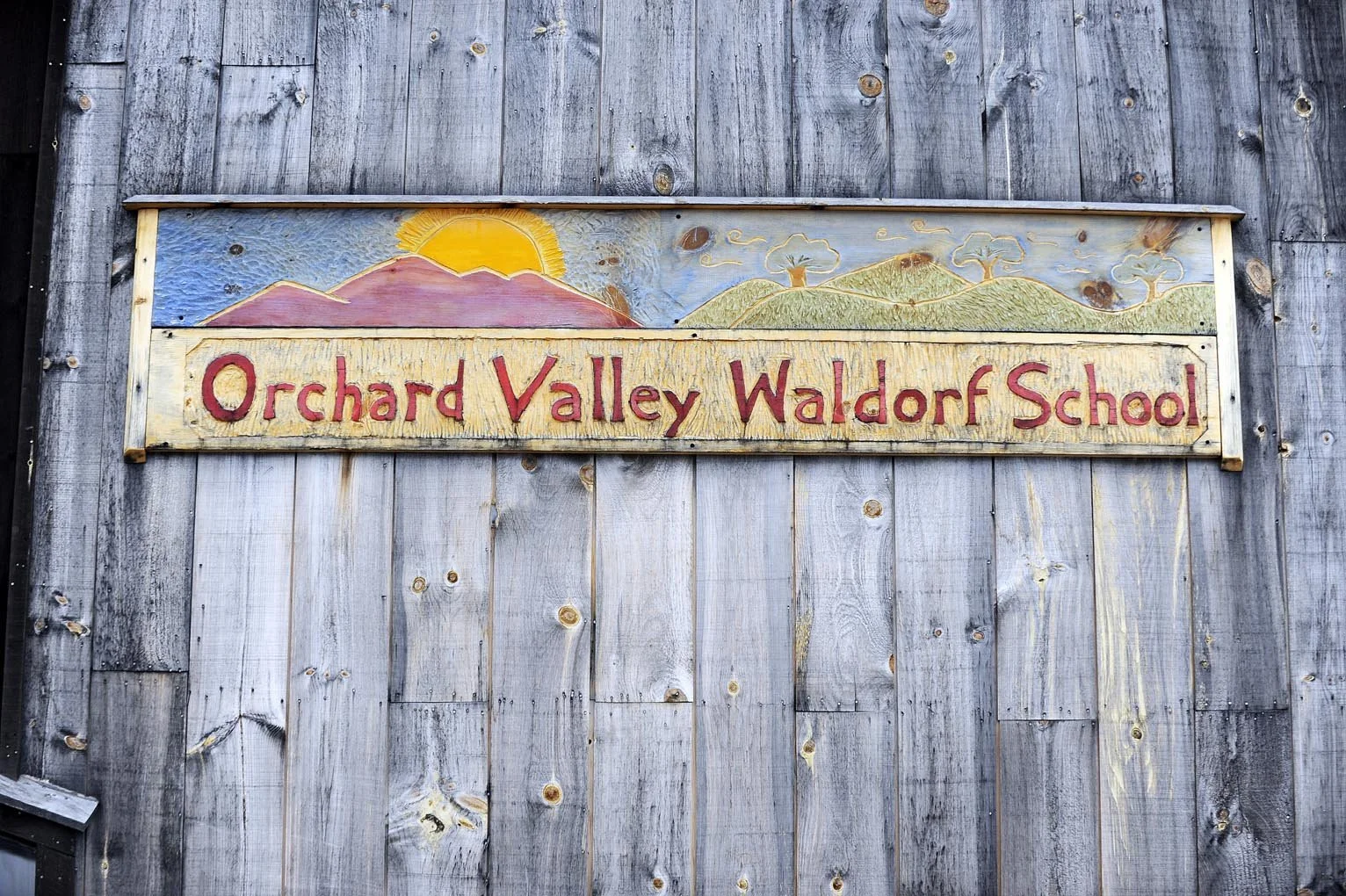by Marianne Perchlik, Child’s Garden Early Childhood teacher
Martin’s Dream Family Summer Camp and Inclusion work at Orchard Valley
Over the last several months, Ĺ·˛©ąŮÍřČëżÚ faculty have been deeply examining ourselves, our organization and recommitting ourselves to becoming allies to our black, indigenous and people of color (BIPOC) community. We are grateful to be working with members of the Nulhegan band of the Abenaki Community. In the coming weeks we will be hosting Miss Lucy, Abenaki Community Elder in our classrooms, and exploring ways we can actively make reparations on the lands of Grace Farm.
Our Ĺ·˛©ąŮÍřČëżÚ Land Acknowledgement:
We acknowledge that Ĺ·˛©ąŮÍřČëżÚ’s Grace Farm, Child’s Garden, and Sweet Clover Nursery all sit upon the unceded traditional lands of the Abenaki people. The Abenaki, who are members of the Wabanaki Confederacy, are indigenous to this land they call Wabanahkik, or “Dawnland.” We at Orchard Valley honor the continued resilience and resistance of the Abenaki people in the face of historical and ongoing oppression. As a school community, we are grateful for the privilege to learn, play, and grow on Abenaki land and recognize the responsibility we have to care for it with reverence and learn from it with respect
Our revised and updated Inclusion statement for our organization.
Yet we know that our words must be represented by whole hearted action. If you would like to become involved in supporting these efforts please join our Diversity, Equity and Inclusion group at the Ĺ·˛©ąŮÍřČëżÚ. Please contact: georgeanne.b@ovws.org.
~ ~ ~
Recently our Early Childhood Staff from all campuses attended the Waldorf Early Childhood Conference: Toward a Kinder, More Compassionate Society: Black Lives Matter in Waldorf Early Childhood Classrooms and Communities. We are aware that we are blessed and endowed with amazing resources in our school and lands, and wish to grow our capacity as an organization to extend a wider welcome as allies to families in the BIPOC community.
In these last several months we have witnessed extreme historic events too numerous to list. Our own organization also overcame many historic challenges. We celebrate the generosity that has kept our children in school, supported our employees, transformed our learning environments with ventilation systems and outdoor classrooms. We stand in the care and keeping of an unusual wealth of educational resources. 2019 marked 100 years of Waldorf Education which was initiated as a healing education in the aftermath of the Great War.
The arts rich pedagogy of Waldorf Education provides daily practice with self-initiated expression of the soul life through art and movement. Daily artistic practice integrated with academic study, supports the development of an internal moral compass in our students. This is the foundation of our healing education.
Please join us in endeavoring to become an ambassador for greater inclusion, healing and support of our BIPOC community.
~ ~ ~
This summer we will offer Martin’s Dream Family Summer Camp:
A family camp experience for healing through story, song and nature. We wish to support and develop an environment of greater diversity, inclusion and equity on both of our campuses. The camp includes a component for parents as well as a mixed-age offering for children age 6-12, and mentor opportunities for students age 13-17.
Students will share in eurythmy as well as songs and poems from the African American experience. We will create a silk marionnette presentation of the story of Araminta to be shared with early childhood students and parents at the end of the week. Araminta is the original name of Harriet Tubman. Harriet had to rely on all kinds of inner resources to recognize friends and supporters, to navigate her way to freedom and to bring others to freedom. Students will also share in talking circles about how they recognize friendship and create shared agreements about how to be a friend.
Younger children may attend the puppet presentation and sharing of parent stories to end the week.
Parents will share an opening meeting and eurythmy, participate in 2-3 brief readings or podcasts, prepare a brief story, participate in a parent evening and attend the closing presentation.
July 19-23 at The Child’s Garden
July 26-30 at Ĺ·˛©ąŮÍřČëżÚ
8:30 am to 3:00 pm
$325 per child
Please consider participating as a family in our camp or sponsor a family from the local community.
For more information contact: cathie.e@ovws.org
The last several months reveal many challenges ahead of us, many of which fall on the shoulders of our children. We embrace and celebrate the principles of Black Lives Matter in offering an intergenerational summer camp environment for the development of skills to be stronger allies in these difficult times, and to grow a school environment where BIPOC community members feel supported and welcomed.

